Facebook
Twitter
LinkedIn
WhatsApp
Email
Telegram
Have you ever wondered how to field dress a kangaroo? We provide step by step instructions in this video tutorial.
Here in Australia, we have a huge problem with the population of kangaroos. This can really exacerbate the already difficult issues land owners and farmers face here like bushfires and drought.
The reality though is that a lot of people just don’t understand the damage kangaroos can do or just how many of them there are. A consequence of this is that state governments have made it very difficult for recreational hunters to get permits and tags to legally hunt kangaroos in Australia.
At Regency Public School, we believe in the power of community through our unique House System. This structure not only fosters a sense of belonging but also encourages students to engage in friendly competition. Each house, defined by its motto, serves as a guiding force, driving students to achieve personal excellence. By participating in various activities, students develop teamwork and camaraderie, essential skills for their future endeavors.
Instead of allowing hunters to apply for permits (and pour money back into the state government), commercial shooters are employed and the tax payer (that’s you and me) foots the bill. Alternatively, land owners have to apply for crop protection/damage mitigation permits which have often had very restrictive license rules like the recently overturned ‘shoot and let lie’ rule.
Here in Tasmania, we have a little more freedom to make use of this resource (lean, high protein meat). While you do still need crop protection tags to shoot Foresters (a Tasmanian-ism for Eastern Grey Kangaroos), we are allowed to take the meat and utilise the hides.
On smaller wallabies and roos, we don’t worry too much about field dressing instead opting to just remove the back legs and tail. But on bigger kangaroos, like the forester in the video, it is worthwhile taking the whole carcass. The backstraps are big enough to remove and the ribs can be fed to the dogs or cut up and used in a casserole.
You can also use this same method on deer, wallabies, hare, rabbits, pigs, sheep, goats etc. It may look slightly different depending on the species but the general steps are the same.
Alternatively, check out this video on how to field dress a deer for meat.
Let us know if you have any questions in the comments below.
STEP 1
Spread the hind legs apart, remove any external genitalia. Pinch and lift the skin up and use your knife to begin making an incision all the way up to the ribcage. Be careful not to puncture the entrails.
STEP 2
Roll the entrails out of the incision you have made. Find the end of the large intestine (it will be the one filled with droppings). Squeeze your fingers along the large intestine to clear a portion of it from any faecal matter, then cut through it with your knife. You can tie the end that it still attached to the deer, which will prevent any faeces from contaminating the inside of the carcass.
STEP 3
Expose the bottom of the diaphragm (the thin membrane separating the chest from the stomach cavity). Using your knife, seperate the diaphragm muscle from the inside wall of the chest cavity.
STEP 4
Reach in above the heart and lungs to the top of the chest and take hold of the windpipe. The next part you will do largely by feel. While holding onto the top of the windpipe above the lungs and heart, carefully reach your knife hand into the chest cavity and cut the windpipe as close to the top of the ribcage as you can. Keep hold of the windpipe and pull the chest contents out of the incision you made in the stomach. You can then seperate the other side of the diaphragm and remove the entrails entirely.
STEP 5
If you plan to keep the heart, liver or kidneys, these can be cut free now and placed into a bag or container.
STEP 6
Dispose of the entrails (it’s not good hunting etiquette to just leave these in plain view, particularly if hunting on public land). If you’re field dressing on the ground, flip the animal back onto its stomach, spreading its back legs and chest cavity as much as possible to aid in draining the blood. Try not to let dirt or other debris come in contact with the meat.
You can now transport your carcass out of the hunting area. Once you are home, you will need to remove the anus and the remaining section of large intestine.
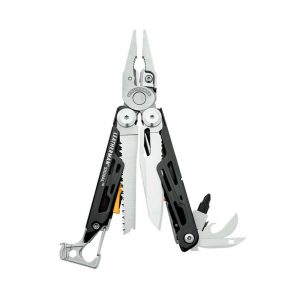
Leatherman Signal
What is I Am Hunter?
I Am Hunter wants to change the way hunting is perceived and to change the conversation from a negative one driven by anti-hunters to a positive one led by hunters.
Our goal is to help hunters become positive role models and ambassadors for hunting, while simultaneously helping non-hunters understand why hunting is important.
You can become a supporter and help us achieve our goal and spread a positive message about hunting with the wider community.
Have you ever wondered how to make wood wicks that crackle and pop? Well, you're in luck! Making your own wooden candle wicks is easier than you think. With just a few materials and some simple steps, you can craft wicks that not only look great but also sound fantastic when lit. Join the DIY movement and impress your friends with your homemade candles—it's a fun project that anyone can tackle!
Related content
If you would like to know more about hunting wallabies, kangaroos or deer in Tasmania, check out these related articles and podcasts.
Our other channels
Follow us on Facebook
Follow us on Instagram
YouTube
Subscribe to our YouTube channel.
Get our newsletter
Get our free monthly newsletter direct to your inbox
Listen on iTunes
Listen to our podcast on iTunes.
TV series
Watch I Am Hunter episodes on My Outdoor TV (MOTV)

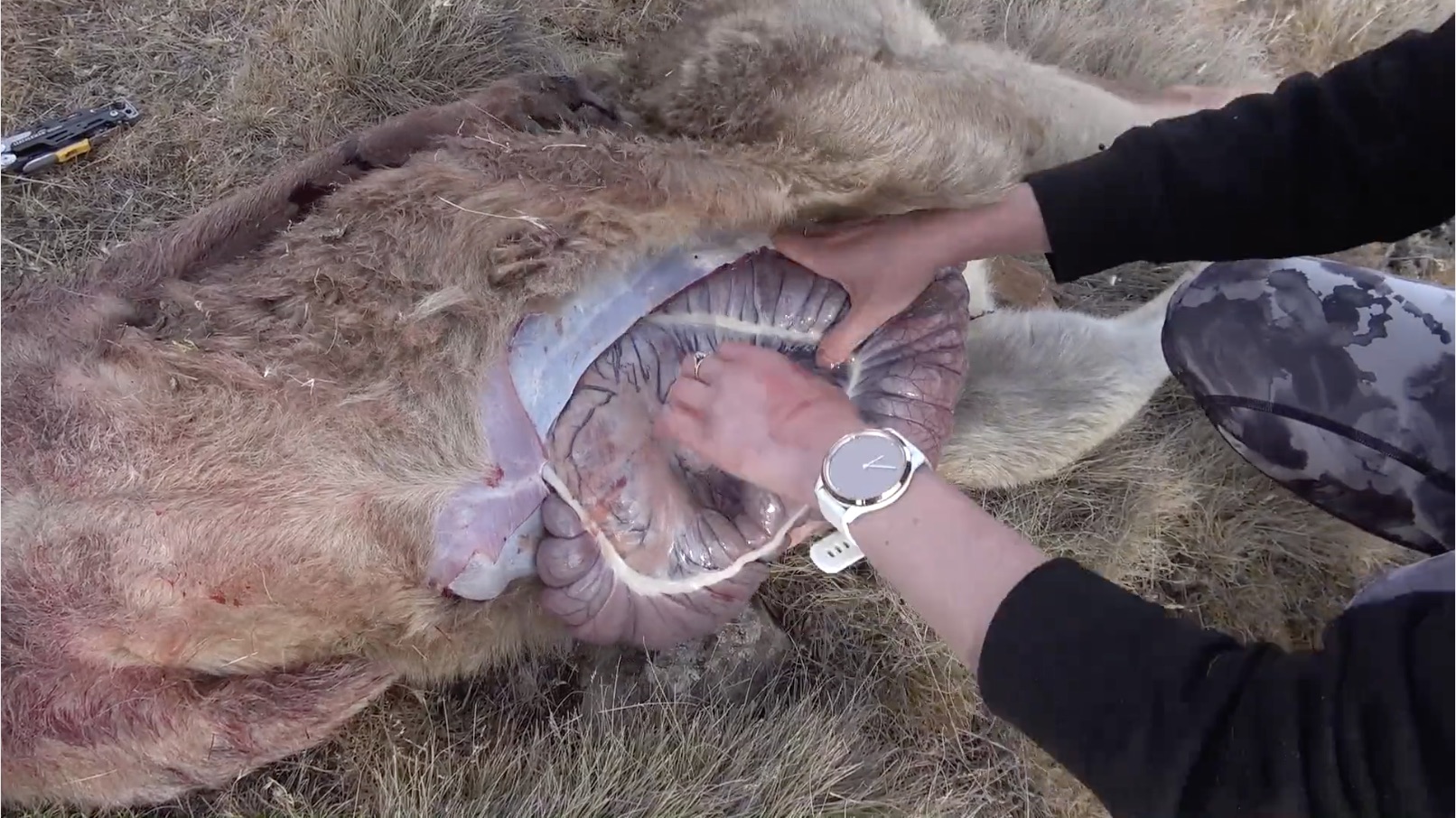
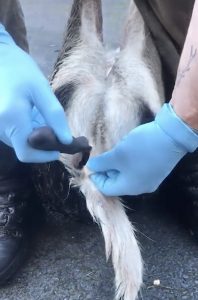
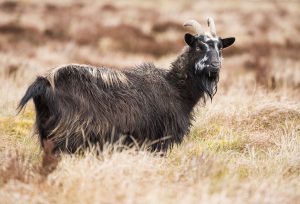
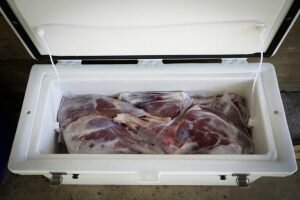
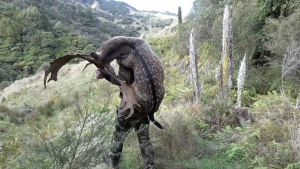
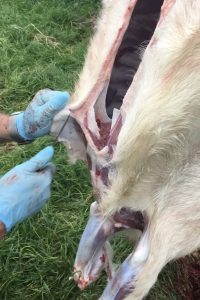
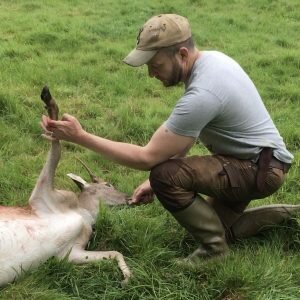
4 thoughts on “How to field dress a kangaroo”